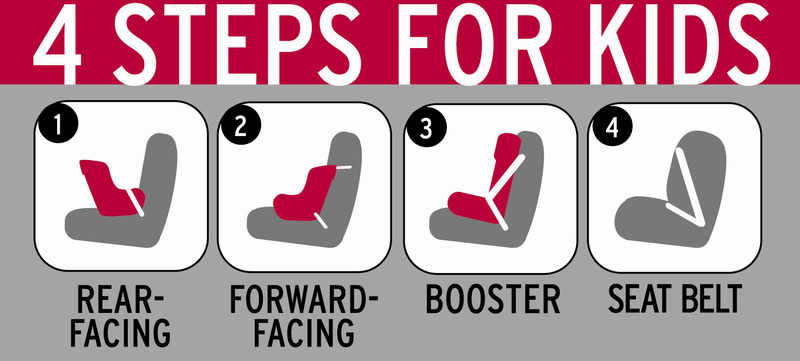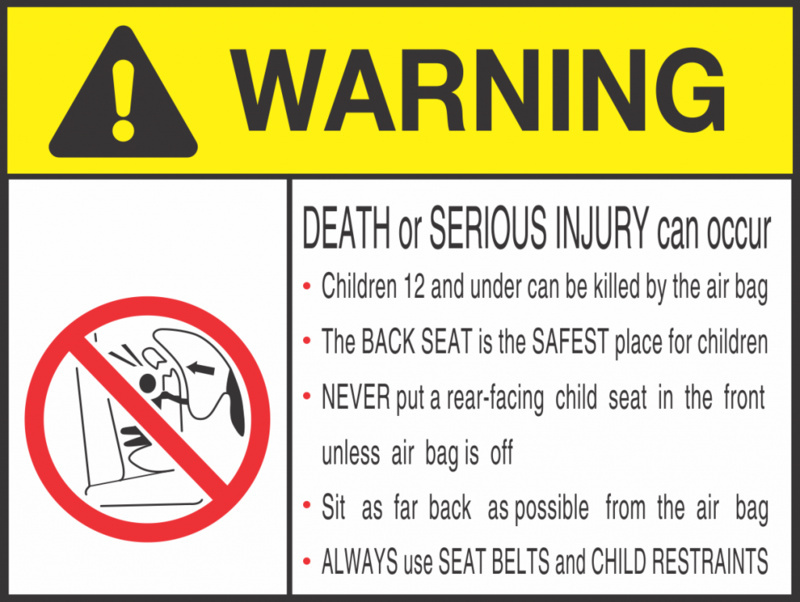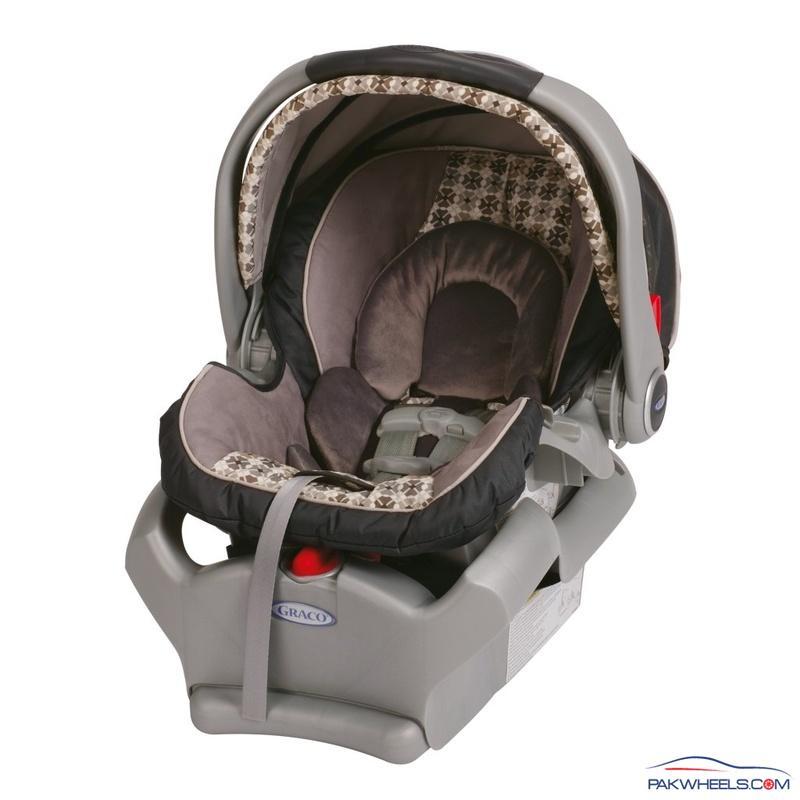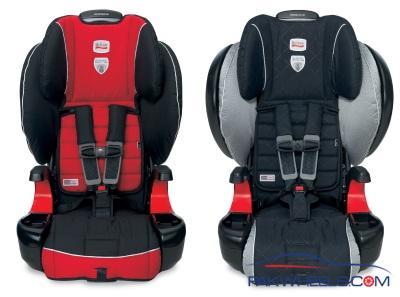
Motor vehicle injuries are the leading cause of death among children around the globe. But many of these deaths can be prevented. Placing children in age- and size-appropriate car seats and booster seats reduces serious and fatal injuries. Buckling up the right way on every ride is the single most important thing a family can do to stay safe in the car.
In Pakistan this is a major issue too. Parents allow children to sit in front seats. Some stupid parents even put them in their lap in the driving seat. Stupidity have no boundaries.
All those who don't understand the risk will only realize when they are in crash with their children not properly restrained or sitting in front row.
<o:p></o:p>
How big is the problem? <o:p></o:p>
To give you an idea how serious the problem, in the <st1:country-region w:st="on"><st1:place w:st="on">United States</st1:place></st1:country-region> during 2009, 1,314 children ages 14 years and younger died as occupants in motor vehicle crashes, and approximately 179,000 were injured. One study found that, in one year, more than 618,000 children ages 0-12 rode in vehicles without the use of a child safety seat or booster seat or a seat belt at least some of the time<o:p></o:p>
<o:p></o:p>
What are the risk factors
-
Restraint use among young children often depends upon the driver's seat belt use. Almost 40% of children riding with un-belted drivers were themselves unrestrained.<o:p></o:p>
-
Child restraint systems are often used incorrectly. One study found that 72% of nearly 3,500 observed car and booster seats were misused in a way that could be expected to increase a child,s risk of injury during a crash<o:p></o:p>
<o:p></o:p>
How can injuries to children in motor vehicles be prevented?
<o:p></o:p>
<o:p></o:p>
-
Child safety seats reduce the risk of death in passenger cars by 71% for infants, and by 54% for toddler's ages 1 to 4 years.<o:p></o:p>
-
There is strong evidence that child safety seat laws, safety seat distribution and education programs, community-wide education and enforcement campaigns, and incentive-plus-education programs are effective in increasing child safety seat use.<o:p></o:p>
-
According to researchers at the for children 4 to 7 years, booster seats reduce injury risk by 59% compared to seat belts alone. <o:p></o:p>
-
Child passengers should never be seated in front of an airbag. Airbags can injure or kill children in a crash that might otherwise have been survivable.<o:p></o:p>
<o:p></o:p>
Guidelines for Parents and Caregivers:<o:p></o:p>
<o:p></o:p>
Use a seat belt on every trip, no matter how short. This sets a good example. Make sure children are properly buckled up in a seat belt, booster seat, or car seat, whichever is appropriate for their age, height and weight. <o:p></o:p>
<o:p></o:p>
Birth through Age 2
Rear-facing child safety seat. For the best possible protection, infants and children should be kept in a rear-facing child safety seat, in the back seat buckled with the seats harness, until they reach the upper weight or height limits of their particular seat. The weight and height limits on rear-facing child safety seats can accommodate most children through age 2, check the seat's owner's manual for details.<o:p></o:p>
<o:p></o:p>
Between Ages 2-4/Until 40 lbs
Forward-facing child safety seat. When children outgrow their rear-facing seats (the weight and height limits on rear-facing car seats can accommodate most children through age 2) they should ride in forward-facing child safety seats, in the back seat buckled with the seats harness, until they reach the upper weight or height limit of their particular seat (usually around age 4 and 40 pounds; many newer seats have higher weight limits-check the seats owners manual for details).
<o:p></o:p>
Between Ages 4-8 OR Until 4'9" Tall
Booster seat. Once children outgrow their forward-facing seats (by reaching the upper height and weight limits of their seat), they should ride in belt positioning booster seats. Remember to keep children in the back seat for the best possible protection.
<o:p></o:p>
After Age 8 AND/OR 4'9" Tall
Seat belts. Children should use booster seats until adult seat belts fit them properly. Seat belts fit properly when the lap belt lays across the upper thighs (not the stomach) and the shoulder belt fits across the chest (not the neck). When adult seat belts fit children properly they can use the adult seat belts without booster seats. For the best possible protection keep children in the back seat and use lap-and-shoulder belts.
<o:p></o:p>
All children younger than 13 years
Children are more precious then anything. If you can buy a car you MUST invest in a good quality car seat and never allow children to occupy in front seats.
NEVER seat kids in front passenger seat including all cars with SRS air bags....

<o:p></o:p>




Source : CDC & NHTSA
NHTSA Releases New Child Seat Guidelines | National Highway Traffic Safety Administration (NHTSA)
